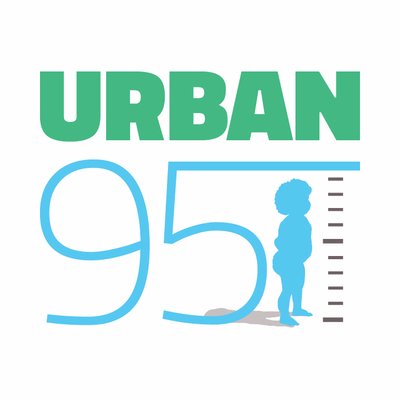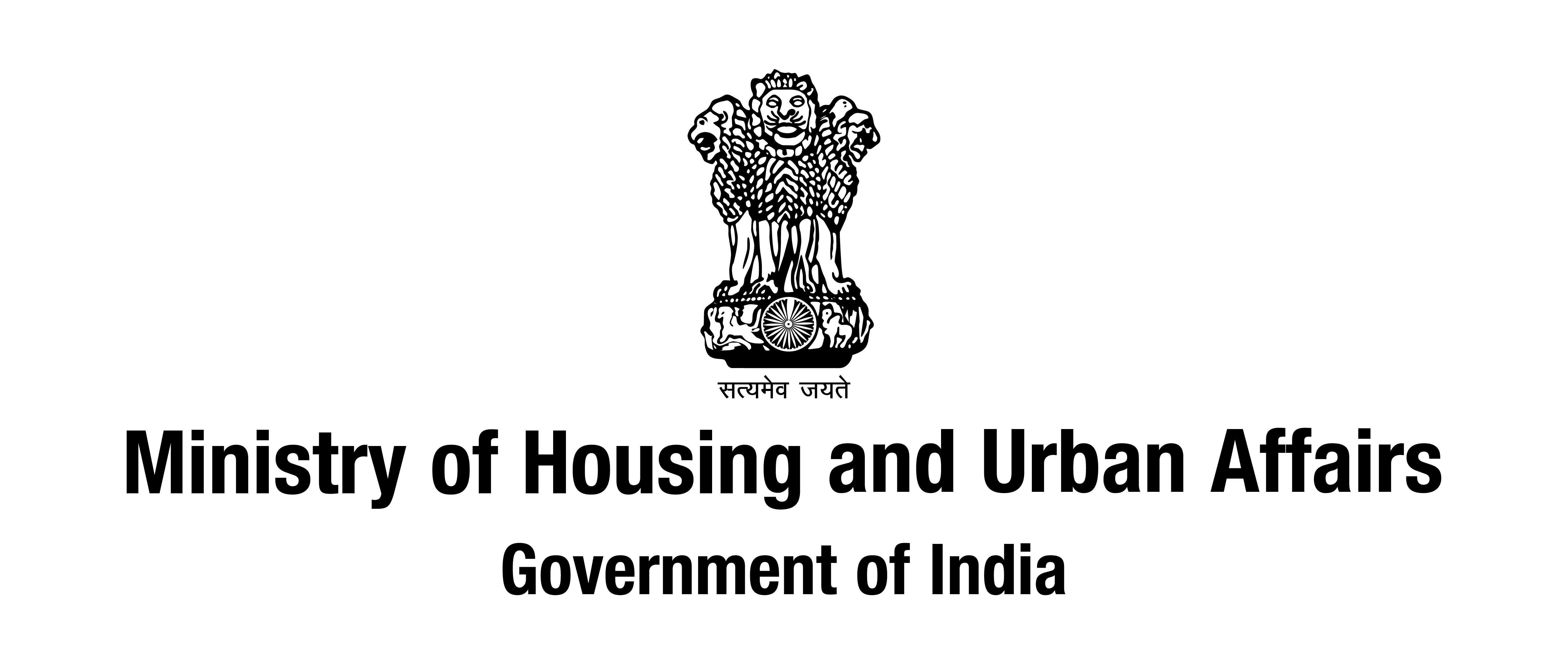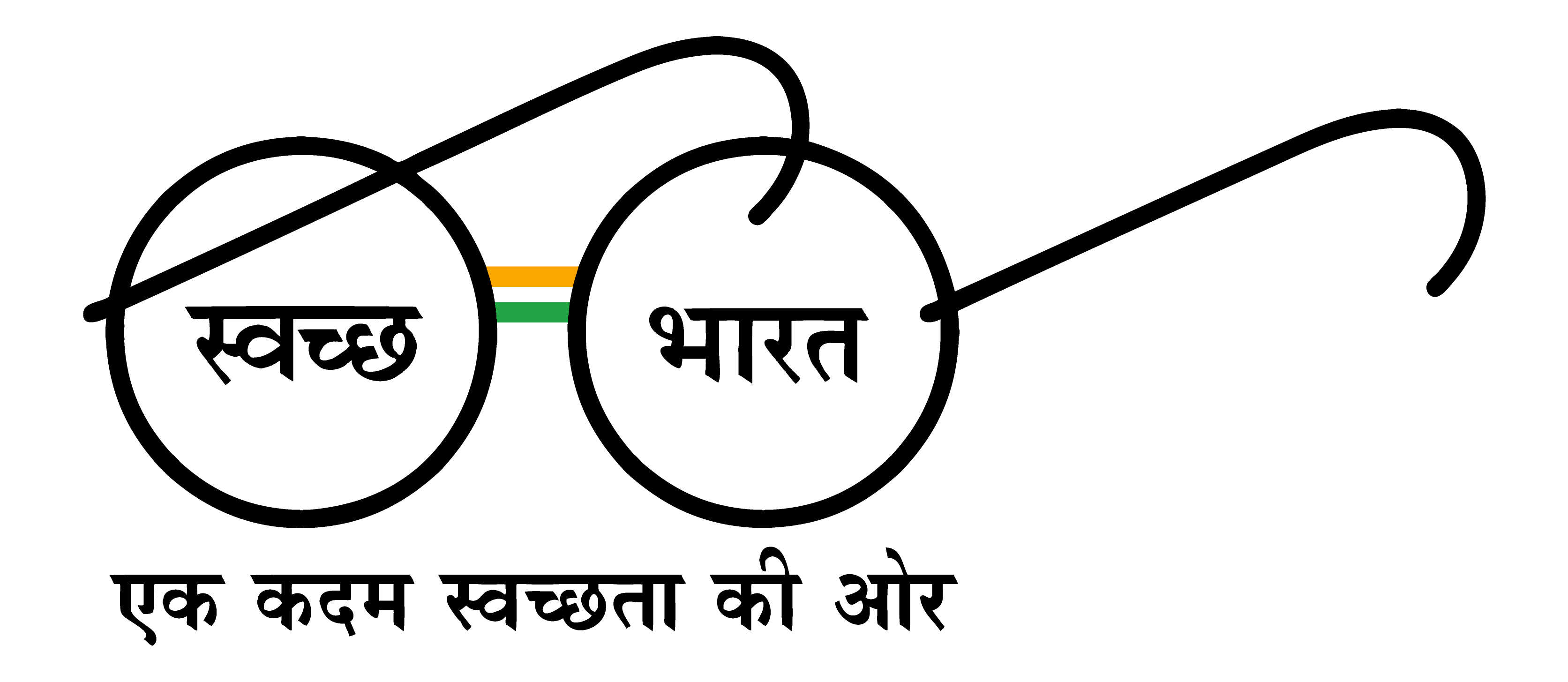Let the children breathe easy
This blog was originally published on TheIndianExpress.
In December, a coroner’s court pronouncing air pollution as the cause of death of a nine-year-old London resident Ella Adoo-Kissi-Debrah in 2013, became the world’s first-ever legal link between air pollution (the risk factor) and asthma (the impact).
In India, one of the most polluted countries in the world, 16 lakh people were estimated to have died due to air pollution in 2019. Further, data analysis shows that nearly 1.5 lakh children below the age of five died of lower respiratory infections (LRI) in the same year. Because LRI is primarily caused by poor air quality, we can conclude that a significant number (around 9.4 per cent) of those 16 lakh deaths were children below five years. More than 90 per cent of the children were infants, less than a year old.
The data also shows that 54 per cent of deaths were related to outdoor ambient pollution and 46 per cent to household pollution due to firewood and cooking fuel burning. Acute LRIs, such as bronchiolitis and pneumonia, linked closely to air pollution, have been recognized as the leading causes of death among children.
Children are not small adults. Just like their legs and arms, a significant portion of their lungs grow over time. Their physiologies are often fragile and acutely sensitive to their environment, making them vulnerable to atmospheric pollution. Till about the age of eight, their airways are small, and still developing. A study found that particulate pollution affects infants (less than seven months old) the most, followed by children (up to four years). Its impacts are least among adults (20 years of age and above).
According to the World Health Organization, children breathe faster than adults, thereby inhaling more pollutants every day. Also, they have the highest rate of mouth breathing, which further increases by 20 per cent during outdoor exercises and play activities. Past studies have also highlighted that the simple fact that children are shorter than adults means that they are affected by the ground-level environment where pollutants often reach peak concentrations.
Besides, newborns and young children are also vulnerable to household air pollution due to high exposure since they spend a majority of their time with their mother during cooking and heating. Children have underdeveloped detoxification systems in their body which cause them greater harm. Exposure to toxin can also interrupt the growth and development of the respiratory system causing long-term damage.
Air pollution can affect a child even before its birth, some studies indicate. When the foetus is regularly exposed to toxic air through its mother, it could be born with stunted lung growth, increased risk of asthma, impaired mental and motor development, behavioural disorders, low birth weight, premature birth, childhood cancers, increased risk of heart diseases, diabetes and stroke in adulthood. Foetal pollution could also cause infant mortality.
In India, more than 70 per cent of pregnant women spend 80 per cent of their time in high indoor air pollution. Not surprising then, the effects of air pollution on kids are now clearly visible with the Global Asthma Report showing that 6 per cent of Indian children, as compared to only 2 per cent adults, have asthma.
In Delhi, about 8 per cent children have asthma, and the highest percentage (12 per cent) of asthmatic children are found in industrial areas.
Another detailed survey found that 32 per cent of Delhi’s children suffer from different respiratory problems such as shortness of breath, wheezing, dry or wet cough, chest tightness, asthma, asthma-like symptoms and allergies. The respiratory symptoms were also predominant among female children than males.
As responsible citizens, individuals, families, communities and the governments need to work together to minimize the exposure and effects of air pollution on our children.
Individually, every citizen – especially parents, guardians and wards of young children – should install an air quality index application on their mobile phones, to monitor the local air quality status online. This will allow them to identify the suitable time for children’s outdoor activities. They must be aware of their city’s local air pollution hotspots and avoid activities in such areas. Adults should also enable children to choose walking or cycling as a preferred mode of commute over private vehicles, whenever possible. On busy roads, exposure to air pollution could be harmful inside a car than it is outside. While walking or cycling, children could have an option to avoid polluted areas by taking roads that are not busy. Families should keep their homes well-ventilated.
At a civic level, urban centres should systematically study and document the major sources of air pollution in cities and its neighbourhoods, reasons for its existence and its direct and indirect impact across geographies. This will allow us to act on time to reduce the source activities or circumvent them and shift to cleaner sources. Municipal waste burning, curtailing the use of solid fuel for cooking and construction activities are three immediate sources that city centres can focus on to minimise the emissions. Finally, various levels of government – from city to the Centre – and its departments must collaborate to ensure that India’s ambient air quality is safe for its children.
Scientists, social workers, health professionals, city managers and environmental health advocates need to work together to develop critical policies that uphold a child’s right to clean air. Community playgrounds, parks, schools and their open spaces should be mandated to display real-time air quality index prominently on their premises, to build awareness among children and guardians.
A strong mandate to improve the air quality and reduce its exposure among children, will have an important co-benefit – it will play a pivotal role in mitigation greenhouse gas emissions, and enhancing the health of its citizens.
Nagpure is head, Air Pollution in the Sustainable Cities programme; and Kaushik is media lead at World Resources Institute India. Views are personal.
.png)

.png)




